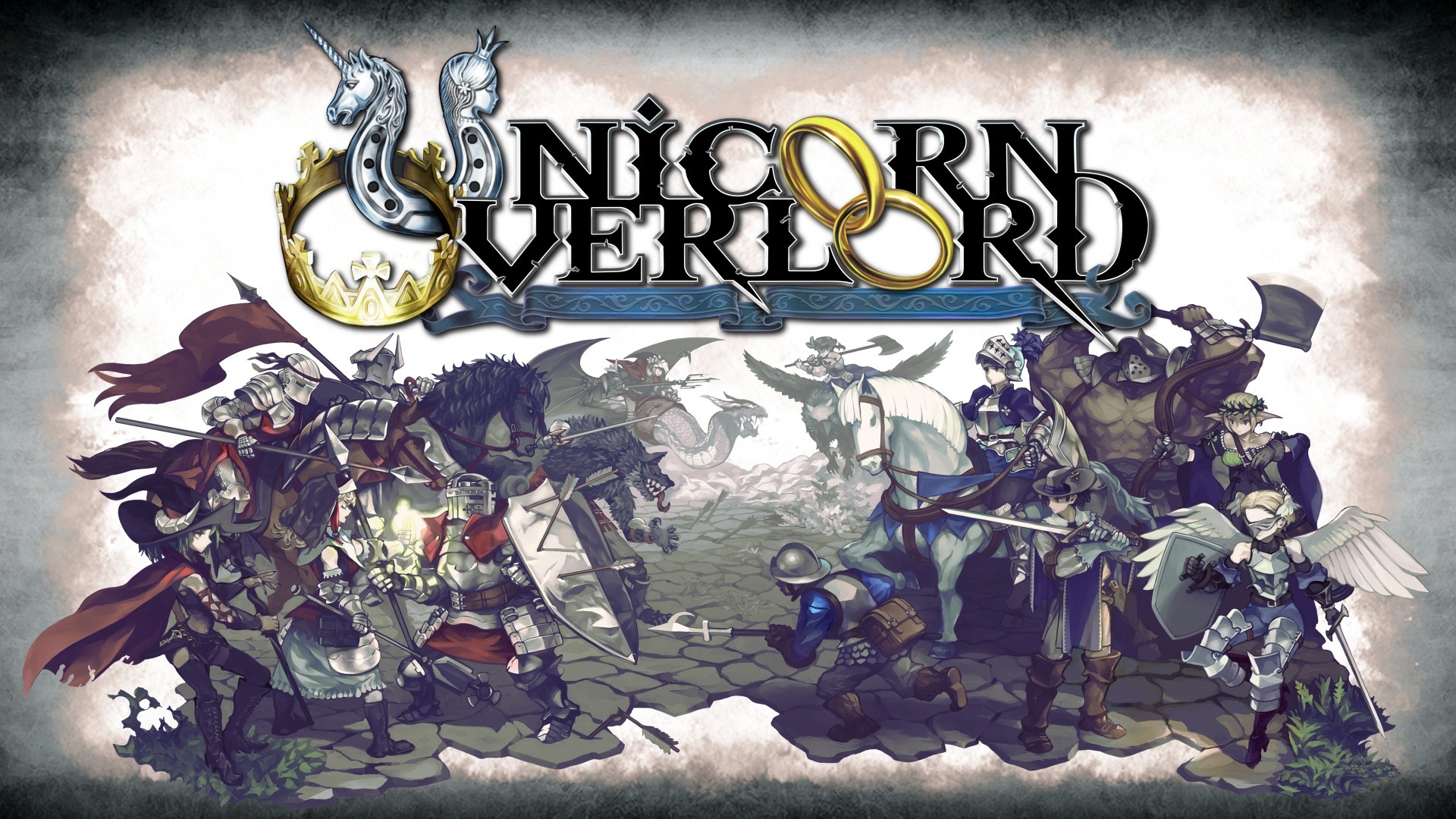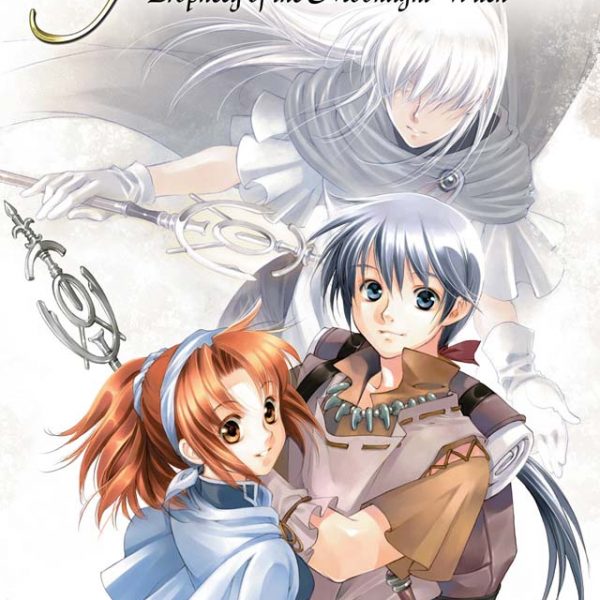
I’m too upset to think of witty taglines.
July 5, 2018
There is nothing legendary about The Legend of Heroes: A Tear of Vermillion.
July 5, 2018Crying more tears of vermilion in the moonlight.
One of the first PSP RPGs to arrive in the United States was The Legend of Heroes: A Tear of Vermillion. While it had the look of a PSP game, it had a dull story, silly writing and some of the most snooze-inducing game play an RPG could have. Even for RPG novices, it was hard to recommend. The second installment (but, in actuality, the third installment in Japan) of the Legend of Heroes’ Gagharv Trilogy to make it to our fine country is subtitled Prophecy of the Moonlight Witch. A fancy title, wouldn’t you agree? Unfortunately, this game suffers from the same problems as A Tear of Vermillion. Actually, calling them “problems” isn’t totally fair. Perhaps a better word to use would be “features” or “traits.” Bottom line? Chances are your feelings about A Tear of Vermillion will be the exact same towards Prophecy of the Moonlight Witch.
The prologue of The Legend of Heroes II: Prophecy of the Moonlight Witch is as follows: decades ago, a woman with silver hair had the ability to see into the far future. This power was both a blessing and a curse. She’d be revered if good fortunes came true, but once something bad happened, she would be viewed with disgust. As chance would have it, she mysteriously vanished. We are now brought to a pleasant mountain village and meet our two protagonists: Jurio and Chris. Jurio is a motivation driven blue-haired boy with promising sword skills. Chris, a darling brunette, acts as a mother and sister to Jurio thanks to her magic. Per tradition of their village, the two of them must set out on a pilgrimage to become full fledged adults. Bountiful adventures await the duo and they head into the vast wilderness. Jurio and Chris act as a cute pair. They get joined by characters who have a bit more flare than Avin and Miles did. But their journey is one wrought with more silly dialogue. For every serious moment, there are two moments that have a tendency to make you scratch your head and wonder if the publishers forgot to proofread. There are a few shining moments, but like A Tear of Vermillion, these are few and far between. Also, progression moves at a slow pace despite the fact that this adventure can be finished in about 25 hours.
Actually, aside from the characters and story, Prophecy of the Moonlight Witch (that’s getting quite tedious to type) is the same thing as A Tear of Vermillion. The graphics are the same, showing off colorful 2D sprites and backgrounds. The menu screen is a pleasure to view due to it glistening at random intervals and displaying high quality anime art. The music offers little in terms of memorable songs, but they still work. I know that Falcom can do better. The same can be said about the sound effects and lack of voice acting.
Unfortunately, seeing as though Prophecy of the *pant pant* Moonlight Witch looks the same, it makes sense that it plays the same. This was A Tear of Vermillion’s downfall. Both games look wonderful, but the game play isn’t so wonderful. In towns, you can rest at the inns for free (the game explains why this is so) as well as shop for new stuff. Chatting with townsfolk reveals tidbits about the current situation and/or the world of Gagharv. The dubious pet system makes a return and makes just as little sense as it did before. Scolding a pet usually means the pet will be sad. Not in the Gagharv world. They’ll love you even more when you beat their whiskers for disobeying you. Aside from the domestic issues, exploration is all well and good.
Battles are a different story. They’re not bad, but no modifications were made since A Tear of Vermillion. While there are no random encounters, battles happen more frequently than one would like since enemies enjoy traveling in groups. Fight or flight is the name of the game here. If your levels or low, they’ll want to fight. If your levels are high, they’ll want to flee. Even if they flee, enemies might be more powerful than you. The same is true if enemies head towards you, claws at the ready. Once a battle begins, it’s basic. Sometimes basic can be fun. Look at games like Arc the Lad or Wild Arms. For some reason, Prophecy of the Moonlight Witch didn’t take a lesson from the predecessor or other classics. The turn based battles are simple, but there is also a range system that should have been left out. Instead of selecting an enemy to attack and watching it unfold, you have to watch your character move towards the enemy before a hidden range meter runs out. As you deal damage and receive damage, a meter builds up that will allow you to unleash a powerful attack. Toss in magic, sprinkle in some items and that’s it. Point blank, Prophecy of the Moonlight seriously-why-is-this-title-so-damn-long Witch is boring and brings nothing new to the table.
But all hope is not lost. You can transfer old data from A Tear of Vermillion, which grants you some nifty bonuses. Data from Prophecy of the—data from this game can be transferred to the third game in Gagharv series. Just get ready for more of the same if you decide to finish. Your enjoyment for PotMW (that just looks awkward) will depend entirely on your views of A Tear of Vermillion and/or how you feel about impossibly basic RPGs. If you enjoyed A Tear of Vermillion, then you’ll enjoy Prophecy of the Moonlight Witch. If you enjoy games like Breath of Fire or early entries in the Final Fantasy series, then you’re likely to enjoy Prophecy of the Moonlight Witch. Everyone else will find it boring. Chances are you’re going to want to play something with more excitement and more to offer than this. The Legend of Heroes II: Prophecy of the Moonlight Witch is bland and not recommended. That said, I’m glad I don’t have to ever type up that long title ever again. Thanks for reading!
Overall, 5/10.





